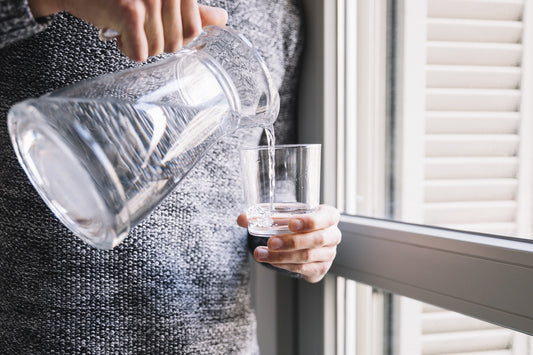Water softeners are an integral part of many households, ensuring that the water used for various purposes is free from the harsh effects of minerals. This comprehensive guide delves deep into understanding these devices, the common issues they face, and how to maintain them for optimal performance.
Understanding Water Softeners and Their Importance
Water softeners are not just devices; they are the guardians of your home's plumbing and appliances. They ensure that the water running through your pipes is soft and free from harmful minerals. But what exactly makes them so essential?
The Science Behind Hard Water
When rainwater falls from the sky, it's naturally soft. However, as it seeps through the ground, it travels through limestone layers. This journey enriches the water with calcium, turning it "hard." This hard water, while not harmful for consumption, can be detrimental to household appliances and plumbing due to the mineral buildup it causes.

How Water Softeners Work
At the heart of every water softener is a tank filled with negatively charged resin beads. As hard water flows through this tank, the calcium ions in the water are attracted to these beads. The result? Softened water that's free from calcium is delivered to your taps and appliances.
The Impact of Hard Water on Household Appliances
Have you ever noticed a white, chalky residue on your faucets or showerheads? That's hard water at work. Over time, the mineral buildup can reduce the efficiency of appliances, leading to increased energy bills and even breakdowns.
Common Issues with Water Softeners
Even the best water softeners can face issues. From resin bead escapes to damaged components, there's a range of problems that can affect their performance.
The Problem of Resin Bead Escape
One of the most common issues is the escape of resin beads into the household plumbing. This usually happens when the basket at the bottom of the softener tank cracks. These beads can then clog faucets and other fixtures, disrupting the water flow.
The Role of the Softener Tank Basket
This basket is the unsung hero of the water softener. It ensures that the resin beads stay within the tank and don't venture into your plumbing. A cracked or damaged basket can disrupt the entire softening process.
Effects of Chlorine on Plastic Components
Chlorine, often found in municipal water supplies, can be harsh on the plastic components of water softeners. Over time, this can lead to wear and tear, reducing the lifespan of the device.

Step-by-Step Guide to Repairing a Water Softener
If your water softener is acting up, don't fret. With the right knowledge, you can get it back in top shape.
Emptying and Cleaning the Tank
The first step in any repair process is to empty the softener tank. This ensures that any old or damaged resin beads are removed. Once emptied, it's crucial to clean the tank thoroughly to ensure optimal functioning.
Rebuilding the Softener: Key Components
With a clean tank in hand, the next step is to rebuild the softener. This involves installing a new manifold tube, adding fresh resin beads, and ensuring that the gravel layer at the bottom is intact. The control head, which manages the flow of water through the system, should also be checked and replaced if necessary.
The Role of Brine in Water Softening
Brine, a salty solution, plays a pivotal role in the regeneration process of the softener. It helps flush out the calcium from the resin beads, ensuring they remain effective in softening the water.
Maintenance Tips for Long-Lasting Softeners
To ensure your water softener serves you for years, regular maintenance is key. This includes professional servicing at least once a year and setting the right regeneration frequency based on your location.

Image by pressfoto on Freepik
Conclusion
Water softeners are more than just household appliances; they are the unsung heroes that protect our plumbing and appliances from the detrimental effects of hard water. By understanding their function, recognizing common issues, and adhering to regular maintenance practices, homeowners can ensure the longevity and efficiency of these devices. In a world where the quality of water can vary significantly, having a well-maintained water softener is not just a luxury but a necessity. It not only ensures the health of our appliances but also contributes to the well-being of our families by providing soft water that's gentle on the skin and hair. Investing time and effort in understanding and maintaining your water softener will undoubtedly pay off in the long run.
FAQs
What causes hard water?
Hard water is caused by the presence of calcium and other minerals, which the water picks up as it travels through limestone.
How often should I service my water softener?
It's recommended to have your water softener serviced at least once a year.
What are resin beads, and why are they important?
Resin beads are negatively charged beads that attract and trap calcium, softening the water.
Can I repair my water softener on my own?
While some minor issues can be addressed at home, it's always best to consult with a professional for major repairs.
How does the brine solution work in the regeneration process?
The brine solution flushes out the calcium from the resin beads, ensuring they remain effective in softening the water.
Image by Freepik





